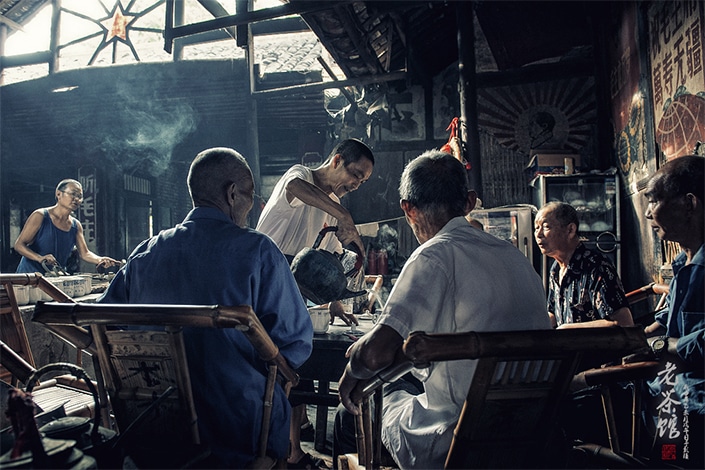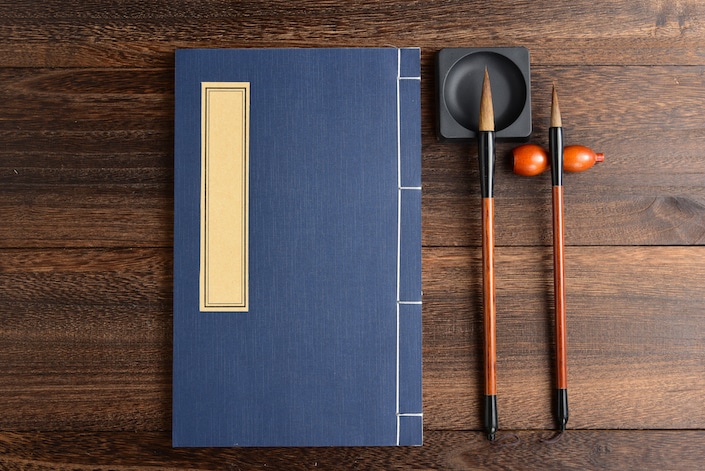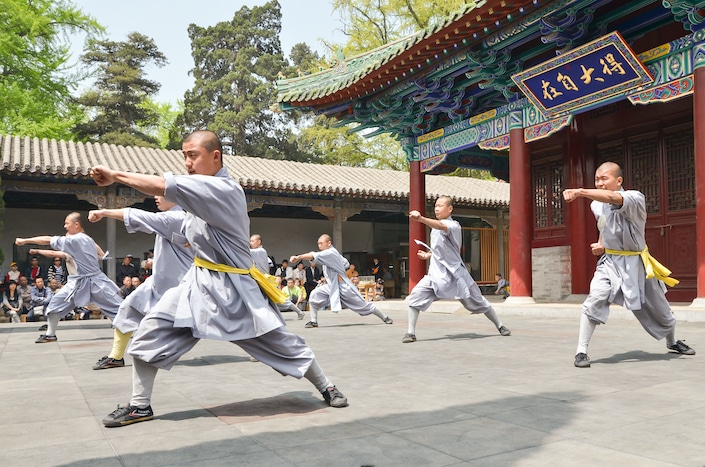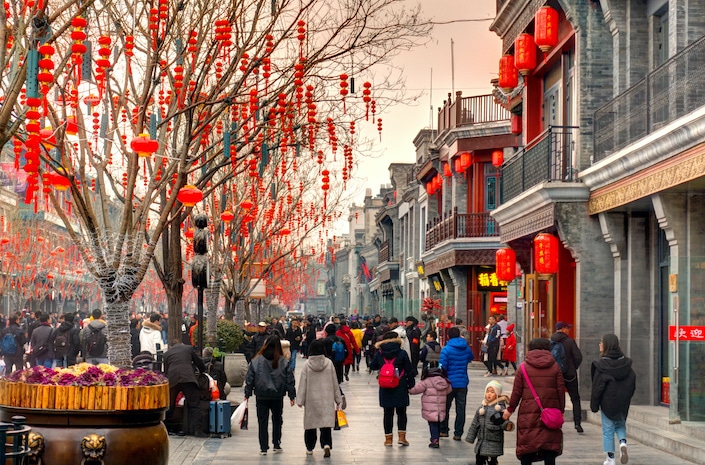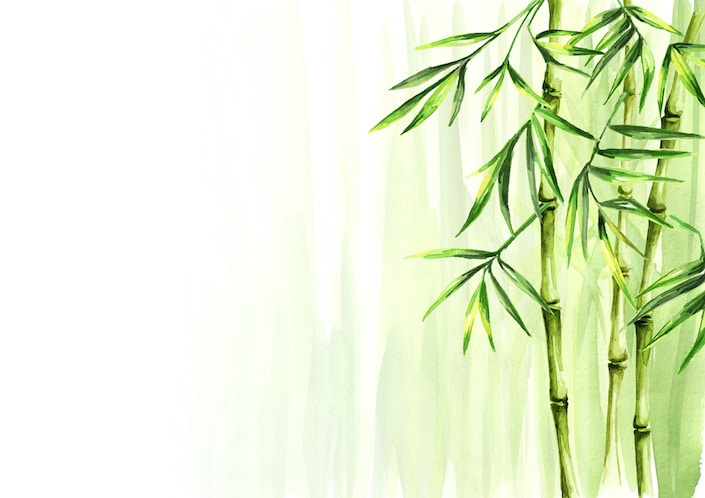Hongbao: The who, how and what of Chinese red envelopes
Learn Chinese in China or on Zoom and gain fluency in Chinese!
Join CLI and learn Chinese with your personal team of Mandarin teachers online or in person at the CLI Center in Guilin, China.
Hongbao are ubiquitous across China—and even throughout much of Asia! But what are these little red envelopes stuffed with money actually for, and what do they mean? Never fear, CLI is here. In this article, we’ll give you a rundown of the myths, history, and etiquette behind the unassuming Chinese hongbao.
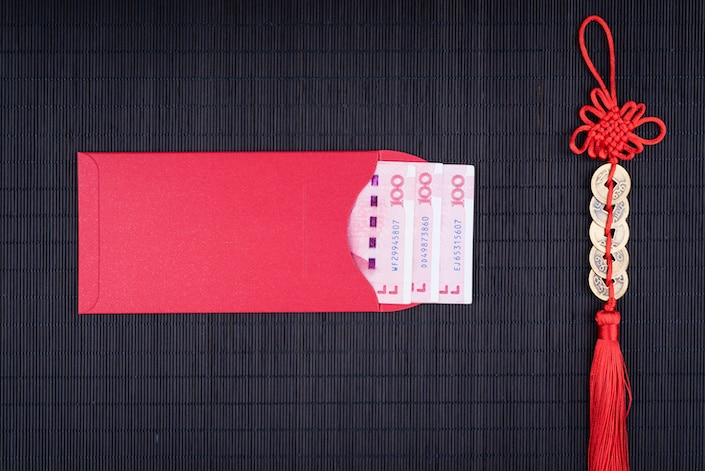
Table of Contents
Learn Chinese with CLI

Hongbao basics
The word “hongbao” comes from the Chinese word 红包 (hóngbāo), which literally means “red bag.”
Frequently referred to as “red envelopes” or “red packets” in English, these crimson paper pouches filled with money are ubiquitous across China—and even throughout much of Asia!
Since at least the 10th century, red envelopes have held a unique place of ritual importance in Chinese culture. Hongbao are frequently associated with Chinese New Year (春节 Chūnjié), China’s most significant holiday, which falls on a date calculated using the lunar calendar.
Buy from Amazon
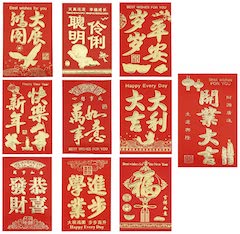

As the name suggests, hongbao are always red—scarlet being symbolic of good fortune as well as a way to guard against evil spirits.
The envelopes themselves usually come emblazoned with Chinese characters and beautiful, sometimes intricate images invoking good luck and good fortune.
There’s even a DIY, origami movement that’s taken hold online.
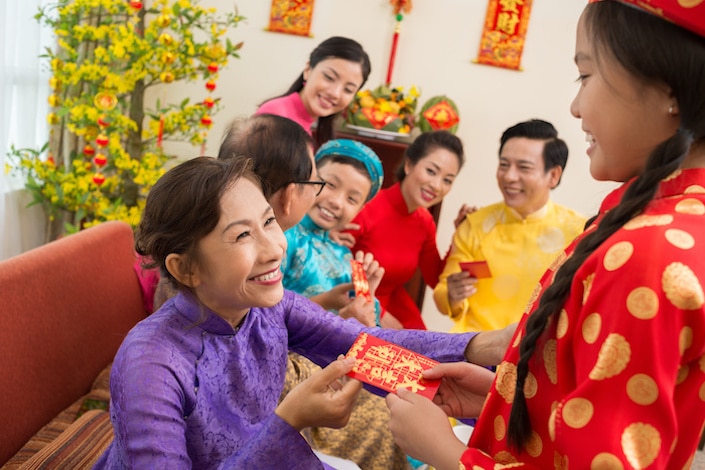

Hongbao are an important part of holiday celebrations in China and throughout much of Asia.
Hongbao mythology and origins
The origins of the practice of giving red envelopes on festivals and important life milestones is not entirely clear and, as with many elements of traditional Chinese culture, has multiple explanations.
Hongbao and the demon Sui
One of the most popular myths surrounding the custom involves a demon named Sui (祟 suì).
This demon preyed exclusively on children. On New Year’s Eve, he would emerge from his lair, slipping into the houses of unsuspecting families.
Once inside, Sui would enter the bedroom of the house’s resident children. There he would drag his wizened talons across their sleeping foreheads. Awaking with a start, the child would let out a terrorized scream and subsequently be inflicted with a demonic headache.
To prevent this from occurring, one New Year’s Eve a particularly devoted set of parents determined to keep their beloved son up all night. At first they were successful. However as the hours dragged on, it became clear that the little boy would not be able to make it through the night.
Determined to keep her son safe, the worried mother went to fetch 8 lucky copper coins (in fact, these 8 coins were none other than the gods of Chinese folklore: the 8 Immortals! But that’s a myth for another day...).
After slipping them into a red envelope, she slid them under her son’s pillow. Hoping this would be sufficient deterrent against Sui’s wiles, the family went to bed.
True to form, that night the fiend Sui slipped in under the door—eager to send yet another drowsing victim into a panic. However, as he approached the boy’s bed, suddenly, from under the pillow, a hazy light began to radiate from the coins.
As Sui came closer, the glow from the coins grew brighter and brighter until the rays pierced Sui’s eyes like knives!
He fled shrieking into the night.
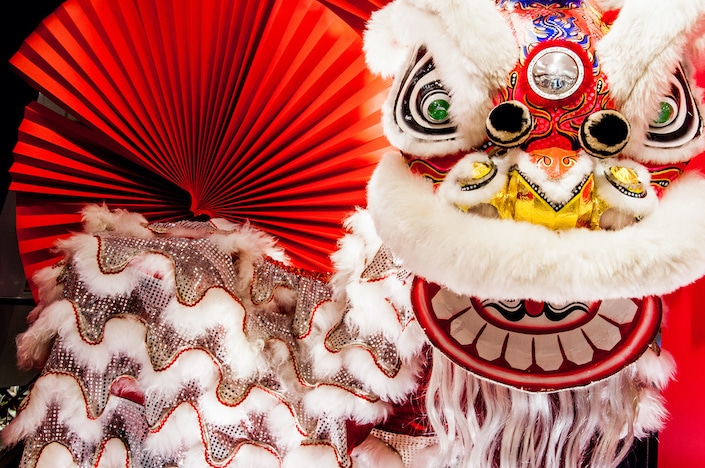

The world’s first hongbao was supposedly used to scare away a demon named Sui.
Red and money do the trick
The combination of the copper coins and the lucky color red had done the trick (with a little help from the gods). From that day on, the innocent people of the land used money-filled red envelopes to fend off evil spirits.
Even today, one way of referring to the money inside red envelopes that is given specifically to babies and young children is “yāsuìqián” (压岁钱). As 岁 suì (meaning “year” or “years”) and 祟 suì (the demon Sui’s name) are homonyms, this phrase is sometimes understood to mean “money for suppressing or deterring the demon Sui.”
Hongbao protocol
Now that we’ve got a firm grasp of the myths and stories surrounding the origins of the hongbao, it’s time to review the practical factors that should be considered when giving or receiving red envelopes.
These factors include the age and status of giver and receiver, acceptable occasions for gifting red envelopes, the condition of the money they contain, acceptable amounts of money and how best to accept an envelope, among other things.
Who gives and receives hongbao in China?
In contemporary China, red envelopes serve much the same function that they did in dynastic China: they maintain, cultivate, and nurture relationships between different members of Chinese society.
Usually, although not always, hongbao are given in the following contexts:
Generational: From Old to Young
In Chinese culture, red envelopes are often given by the older generation to the younger ones, particularly children and young adults. This tradition symbolizes the transfer of good fortune and blessings from the elders.
During important festivals like the Chinese New Year, it's customary for grandparents, parents, and even elder siblings to give hongbao to the younger members of the family. This practice not only reinforces familial bonds but also instills a sense of respect and continuity between generations.
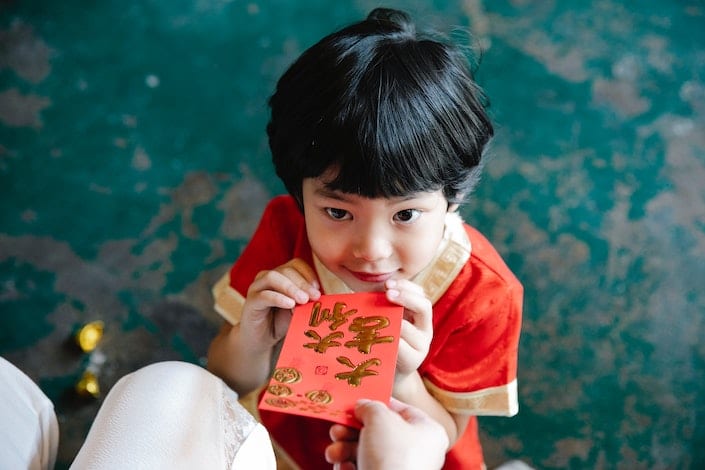

It’s common for older people to give hongbao to children.
Marital: From Married to Unmarried
In the context of marital status, married couples are traditionally expected to give red envelopes to their unmarried counterparts. This custom is prevalent during occasions like weddings, where newlyweds receive hongbao from their married guests as a symbol of good luck and prosperity for their new life together.
Similarly, during family gatherings and festivals, married individuals often present red envelopes to their unmarried siblings or relatives as a gesture of care and to share their blessings.
Employment: From Bosses/Managers to Workers
In the workplace, the distribution of red envelopes can be seen as a form of informal bonus or token of appreciation. Bosses or managers often give hongbao to their employees during major holidays or company celebrations.
This gesture is seen as a way of sharing success and prosperity with the workforce, and also as a tool for motivating and retaining employees. It's a practice that reinforces the hierarchical yet familial nature of Chinese business culture.


In the Chinese workplace, hongbao are given as a mark of respect and gratitude, reflecting the high value placed on professional relationships and personal contributions.
Business or Other Organization: From Satisfied Clients to Professionals
Red envelopes are also customary in professional relationships. Patients, congregants, students, or clients may give hongbao to doctors, clergy, teachers, or other professionals as a token of gratitude for their services.
This practice, while not mandatory, is a way of showing appreciation and respect for the professional's expertise and effort. It reinforces the value placed on personal connections and respect within professional interactions.
Buy from Amazon
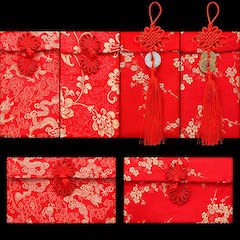

Palm-greasing: From Bribe-giver to Bribe-taker
Unfortunately, the tradition of hongbao has also been known to be misused in the form of bribery. In some corrupt practices, red envelopes are used to discreetly offer bribes to officials, business partners, or others in positions of power.
This misuse of hongbao undermines the traditional values associated with these gifts and reflects a darker side of how cultural practices can be distorted. While efforts are being made to combat such corruption, it remains a challenge in some sectors.
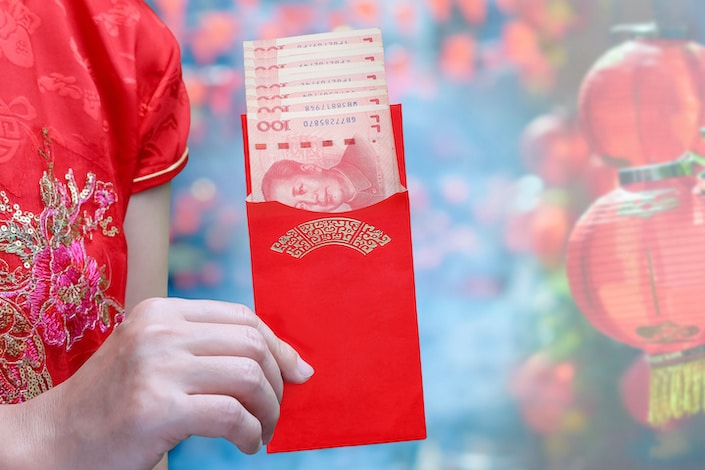

Although they have many positive connotations, hongbao are also associated with corruption.
Hongbao occasions
Red envelopes are most commonly associated with Chinese Lunar New Year, but that’s not the only place they turn up.
China is a big, populous place that’s home to many unique regional traditions—and when one considers all the myriad Chinese diaspora communities scattered around the world, it gets even more complicated!
Due to the diverse nature of the communities that use hongbao today, the occasions where red envelopes are likely to make an appearance can vary depending on where you are in the world.
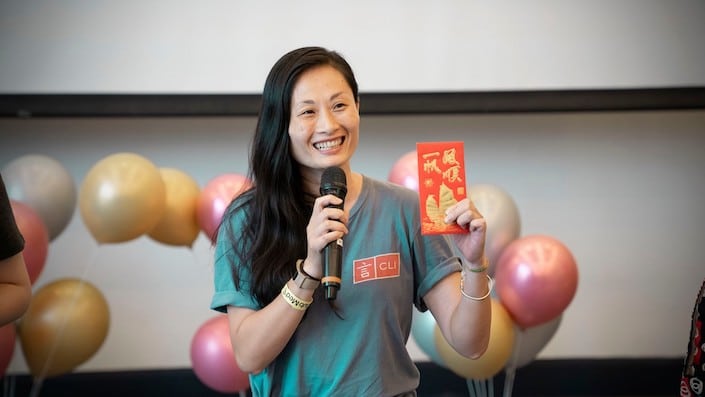

Hongbao often make an appearance during important occasions in China.
The following is a non-exhaustive list of where and when one can expect to see hongbao:
- Marriages
- Births/Baby Showers
- Anniversaries
- Promotions
- Occasions involving guests
- Birthdays
- Graduations
- Festivals
Unsure where to buy hongbao? You can always make your own with the help of the various instructional videos for making DIY hongbao that can now be found on the Internet.
Respect your elders!
Always use two hands.
The above piece of advice applies not only to giving and receiving red envelopes but to giving or receiving almost any physical object in China.
In general, giving or receiving objects with two hands is considered polite and is an important way to show respect to both social equals and anyone who sits higher on the social status totem pole than you.
Well-mannered students in the Chinese classroom give their homework to their teachers using both hands. When people exchange business cards, they give and receive them with two hands.
If an employee is at a banquet and decides to toast his or her boss/manager, he or she will invariably use two hands to hold his or her glass while “ clinking” it together with the boss’s glass (as well as holding the glass slightly lower than that of the respected person being toasted).
In sum, using two hands to receive both red envelopes and pretty much all other objects is a simple Chinese culture hack.
This trick can be used to make whoever you’re interacting with immediately recognize that your not just any old foreigner (老外 lǎowài), but rather the real McCoy, a real China Hand (中国通 Zhōngguótōng) who has a good understanding of the rules of Chinese etiquette.
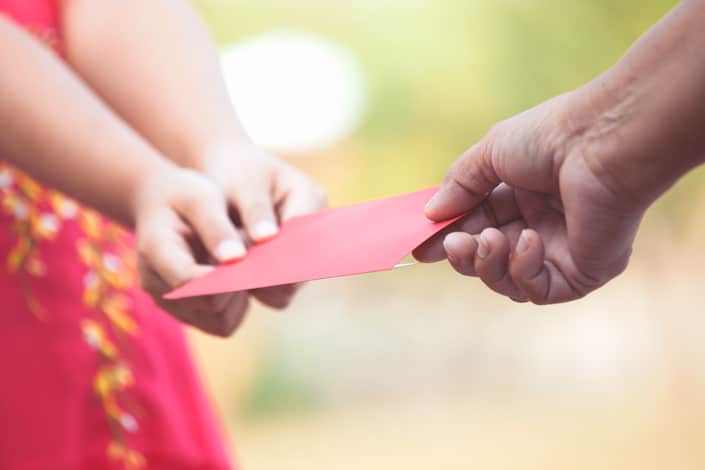

When receiving a hongbao, always use two hands!
Hongbao do’s and don’ts
When preparing to give a hongbao to someone, it’s important to be mindful of certain associated taboos. Avoiding them will help you avoid a great deal of unnecessary embarrassment.
Below are some guidelines to help you fill your red envelopes with style.
What goes inside?
When preparing traditional physical red envelopes (as opposed to the virtual versions, discussed below), remember to stuff them with paper money, not coins.
It’s also important to remember that you should strive to give fresh, new money—not old, crumpled notes. Much of the paper money that has been in circulation for a while is already starting to show its age, so the best approach is to visit a bank and withdraw some crisp, new bills.
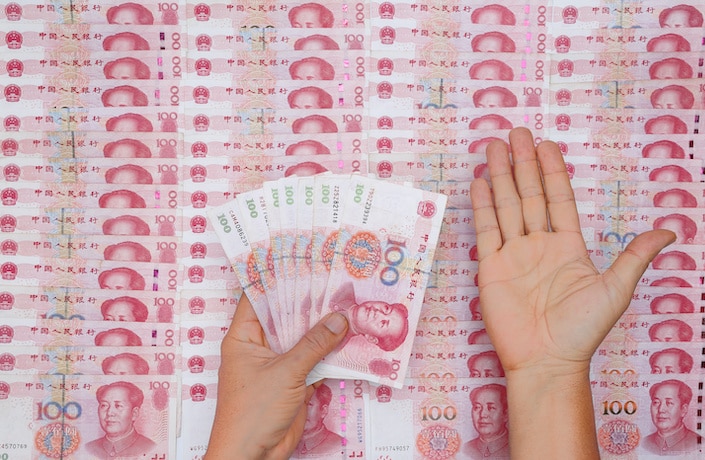

It’s important to stuff hongbao with crisp, new bills.
How much?
The total amount of money that’s included in Chinese red envelopes varies widely depending on the occasion, the geographic location and the relationship between the giver and the receiver.
Note that when we say “widely,” we mean “widely.”
In China, some hongbao can contain less than one hundred renminbi, while others can contain tens of thousands of yuan.
People generally take hongbao traditions very seriously and the appropriate amount for different occasions is likely to be common knowledge among people within the Chinese community where you happen to be based.
When trying to decide on the exact amount to include, therefore, it’s best to ask a local for advice.
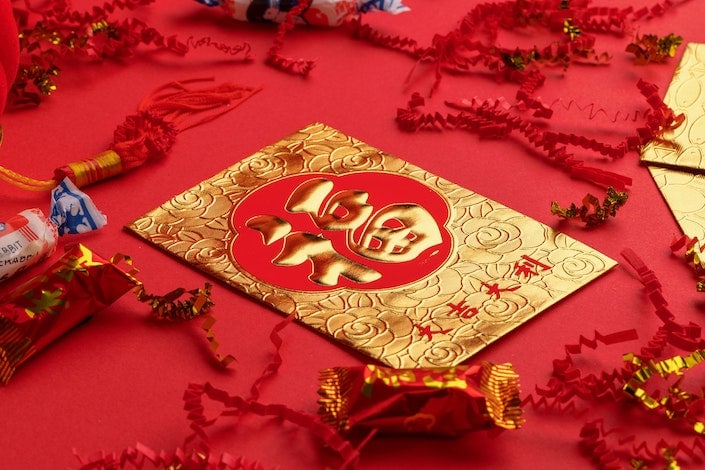

How much money should be included in a hongbao varies depending on the occasion in question.
Number rules
When it comes to stuffing hongbao with cash, including bills that add up to amounts that include even numbers are where it’s at, especially 6’s and 8’s, which are considered to be lucky numbers in Chinese culture.
Interestingly, to make an already confusing topic slightly more perplexing, in some Chinese communities, odd numbered amounts of money are traditionally given at weddings because they are difficult to divide. So, it might be best to consult with someone from the local area if you’re headed to a wedding.
Under normal circumstances, however, odd numbers should be avoided...except, that is, for 9.
This is because the Chinese pronunciation of 9 (九) is jiǔ, which is a homophone (meaning it sounds the same as) the Chinese character for “long” (久 jiǔ). Therefore, using bills that add up to an amount that contains the number 9 is thought to symbolize a long life or a long marriage.
Including bills that add up to an amount of money that includes the number 4 is usually anathema for a similar reason: the Chinese word for 4 is 四 (sì) which is a homophone for 死 (sǐ; to die).
Since it literally sounds like death, you should avoid any number combinations with 4 like the proverbial plague.
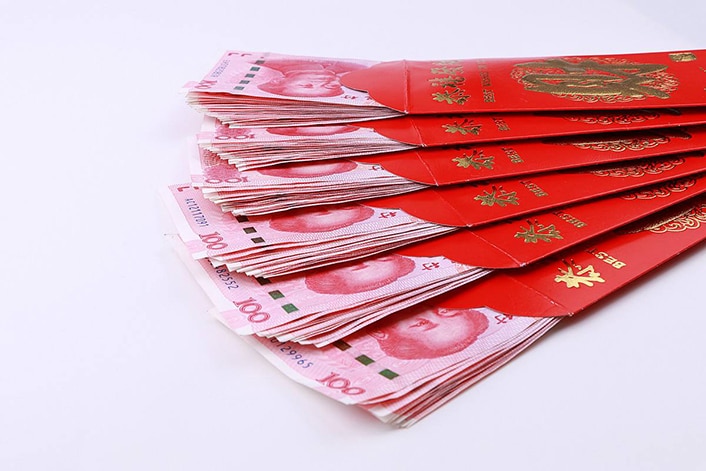

There are many rules regarding the total amount of money that a hongbao should contain.
Money for funerals
Speaking of death, when attending a traditional Chinese funeral, it’s also customary to give an envelope of money to the relatives of the deceased. In this case, the total amount of money that you put inside the envelope should be an odd number.
Additionally, envelopes full of money given in this context are not called “hongbao” because, well, they aren’t red. Instead, they are white, the color that’s traditionally associated with death in China, and are called 奠仪 (diànyí).
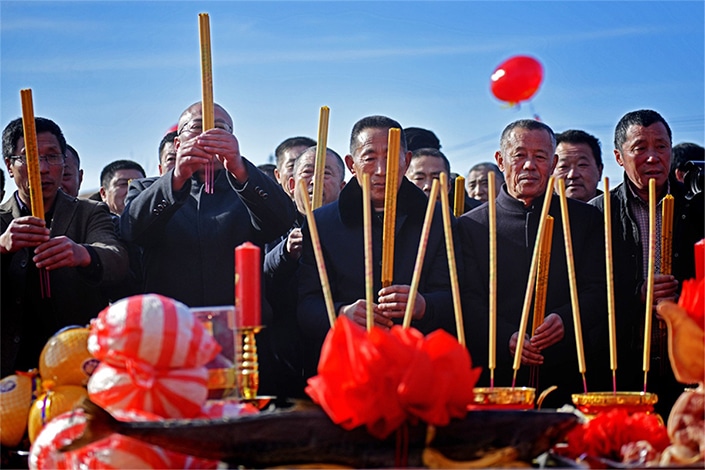

White envelopes full of money are traditionally given to mourners during funerals in China.
Virtual hongbao
First introduced on WeChat in 2014 on Chinese New Year’s Eve, the “virtual hongbao” now permits anyone to send and receive these age-old gifts in the cyber realm with the convenience of the tap of a smartphone screen.
The groundswell of popular support for the feature launched what has been dubbed the “hongbao wars,” with different online payment platforms.
The foremost platforms are Tencent, owner of WeChat (微信 Wēixìn), and Alibaba Group, owner of AliPay (支付宝 Zhīfùbǎo). The two mega-companies vie for control of the lucrative digital hongbao market.
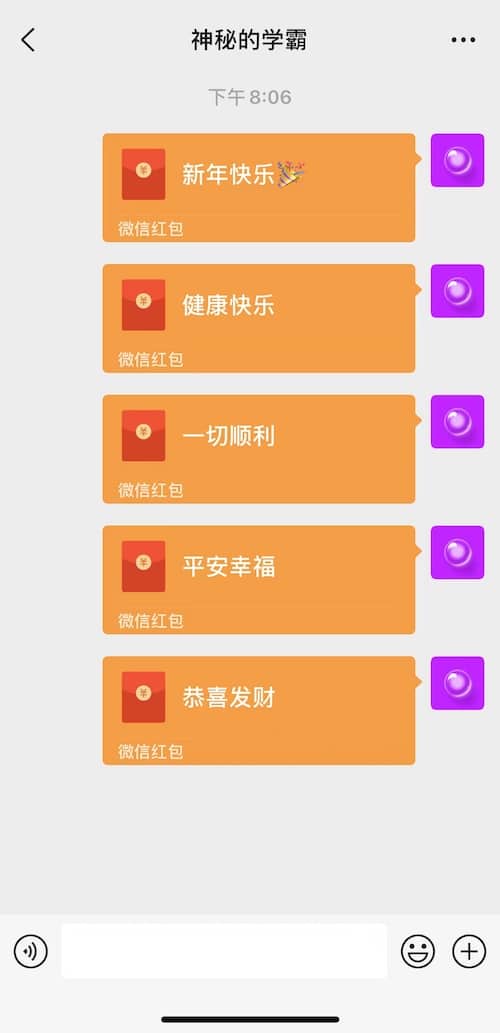

Thanks to the wonders of modern technology, virtual hongbao are all the rage in China.
With the advent of the virtual red envelope, avid fans can now even send a hongbao to their favorite movie stars, esports champions, and live streamers!
Recently, foreign companies have also jumped aboard the hongbao marketing train. In 2020 Nike’s advertising department even produced a hilarious, hongbao-themed New Year’s commercial entitled “The Great Chase.”
Hongbao outside China
Today, red envelopes are not the exclusive domain of those living within China. In fact, they have become an established custom in a number of Asian cultures.
Vietnam
Vietnam has a well-developed set of rituals associated with red envelopes.
Somewhat similar to the western practice of giving gifts to children on Christmas, on the day of Tết (Vietnamese Lunar New Year), Vietnamese families will give red envelope gifts to their youngest members.
Referred to in Vietnamese as lì xì, a word which comes from an older Chinese expression meaning “lucky money,” the customs surrounding the gifting and receiving of these envelopes during Tết share many similarities with those in China and the rest of the Sinosphere.
Vietnamese people even trace the origins of this custom to the story of demon Sui!
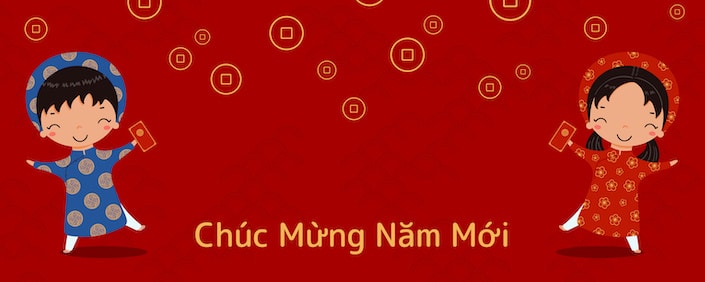

Vietnam has its own red envelope traditions.
Malaysia, Brunei, and Indonesia
Known as the sampul duit raya, the green envelopes that are exchanged in Malaysia, Brunei and Indonesia are an Islamic rendition of the red envelope tradition.
Although technically Malay in origin, this custom has taken root in multiple South Asian countries with sizable populations of Muslims. Green envelopes are given as gifts during the period of celebration associated with the holy day of Eid, or Eid ul-Fitr, marking the festive end of Ramadan.
The gift itself is often called an “Eidi” and, borrowing a page from the hongbao playbook, it is normally given by members of the older generation to members of the younger generation.
These green envelopes (green represents the paradise depicted in Islamic eschatology) are then divvied out primarily to kids and to visiting guests.
Initially, the envelopes were considered a form of alms-giving and part of the Islamic obligation to participate in poverty alleviation, but they have since become all-purpose gifts that are doled out regardless of the guest’s (or the child’s) economic status.
The green envelopes are usually decorated with playful images that evoke the season. Additionally, they will often be adorned with traditional well-wishes for the end of Ramadan.
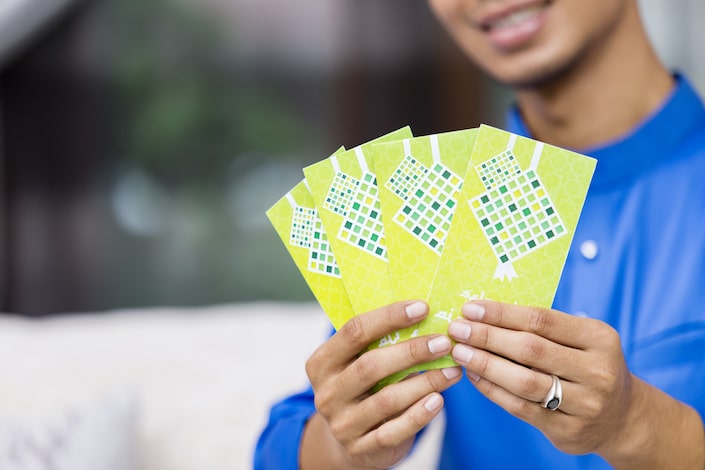

In some South Asian Muslim cultures, green envelopes, called sampul duit raya, are exchanged on the holy day of Eid, which marks the end of Ramadan.
Welcome to China!
Instead of reading about how red envelopes work, come to China and start handing them out in person! Easier said than done? Not so!
An educational stay at CLI will allow you to practice handing out hongbao to your heart’s content (as well as providing a once-in-a-lifetime chance to enjoy unparalleled cultural and linguistic immersion).
Or, if making your way to China feels like a little much, feel free to check out our online one-on-one Chinese classes by scheduling a free trial class today!
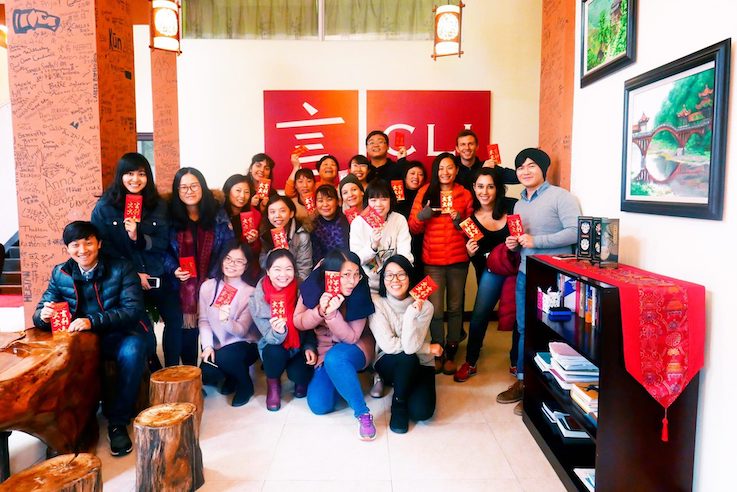

Guilin is an ideal location for learning about the ins and outs of Chinese traditional culture firsthand.
Hongbao vocabulary
| Hànzì | Pīnyīn | Definition |
|---|---|---|
| 红包 | hóngbāo | a traditional Chinese gift of money presented in a red envelope |
| 春节 | Chūnjié | Chinese Lunar New Year, Spring Festival |
| 祟 | Suì | evil spirit in Chinese folklore |
| 老外 | lǎowài | foreigner |
| 中国通 | Zhōngguótōng | a foreigner who has an affinity for China and understands Chinese culture |
| 九 | jiǔ | nine |
| 久 | jiǔ | long |
| 四 | sì | four |
| 死 | sǐ | death |
| 微信 | Wēixìn | |
| 支付宝 | Zhīfùbǎo | Alipay |



